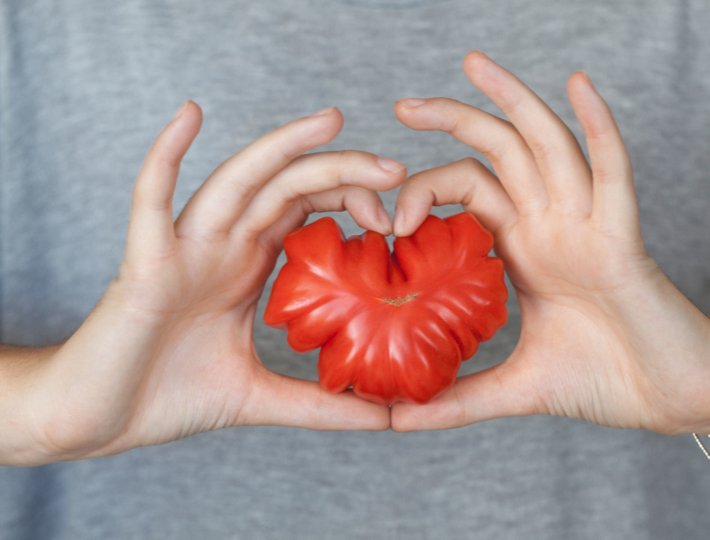Dear John,
I often look back on my life and think of all the regrets I have. There’s a list of things I wish I had done instead of what I actually did. What can I do to let go of the past and accept that I cannot change it?
From,
Stuck in the Past
Dear Stuck in the Past,
Thank you for writing in. I think most of us have thought about our personal histories in the way you describe and, indeed, the facts of the past are not something we can change. However, we can improve our relationship to how we currently hold ourselves and our history, and this is what we will focus on here.
In reflecting on our past, we may fall into a trap known as the hindsight bias. This is our tendency to judge our past experiences from the perspective of our current knowledge and skills. This perspective can cause distress. When we apply our existing knowledge to the past, we may conclude that we should have known better or done something different to prevent the thing from happening.
This type of thinking can lead to false conclusions. These erroneous conclusions do not consider the possibility that the adverse event may have happened anyway, or at a different time. Furthermore, we must consider that most people act with their best knowledge and skill set at the time. Therefore, it is unfair to compare your past self to your current, more developed self.
Remembering and understanding this bias is a path toward making peace with the past and freeing up our energy to be intentional in the present moment. The hindsight bias sounds useful from a theoretical stance, but how can we liberate ourselves from unhelpful beliefs we have developed?
The remainder of this article describes a meditative process on how to let go through self-compassion. You will need a quiet space, a journal, and a moderate amount of time to complete this practice with integrity.
A Meditation Practice to Let Go of the Past
1. Take a few moments to quiet down and observe your breathing.
2. When you feel settled, call into attention a memory or event from your past that you feel able and ready to release.
3. When you have this event or memory in your awareness, notice how it affects you. Record what images, physical sensations, emotions, or thoughts come up for you. Typically aspects from our past that haunt us cause some physical tightening, tensing, or gripping in our muscles. You may notice changes in your breathing pattern or perhaps alterations in your heart rate.
It may be helpful to pause here and record your observations. Then, for now, allow your experience to be as it is. There is nothing to do and nowhere to go with it. For the moment, let it be.
Related: How to Meditate Anywhere
4. Inquire within yourself and determine what other significant events may have been going on in your life that may have influenced your past actions. Do this with compassion and without self-blame or judgment. When you feel that you have gathered all this data, take a moment and write it down.
5. Next, reflect on how this event may be impacting how you think about yourself. How does it change your feelings about others or your relationships with them? How does it affect your current view of the world in general? For example, does this thing that you wish you had done contribute to you believing that you are blameworthy or flawed? Do you think that others think less of you? Does this experience shift your belief that the world is mostly a benevolent place where you can have a meaningful life? Again, pause and record your reflections.
6. Once you get these written down, see if you can challenge them. A couple of helpful questions you can ask yourself include: a) Are these 100% accurate interpretations? b) Are they serving your healing or keeping you stuck? If you conclude that these are false beliefs that keep you stuck, then it is a good idea to figure out an alternative version of them.
Challenging these thoughts will enable you to begin to release them. This process can be tricky. A helpful technique comes from self-compassion teacher Kristin Neff. She suggests thinking about what you might tell a close friend if they were suffering in a similar way as you are. I invite you to enter this inquiry and see what you find. Then, when you feel ready, write the statements down.
7. When you are ready for the next stage, shift toward offering the loving and kind statements that you would say to your friend to yourself. Recite these statements to yourself while sitting in meditation. Notice how offering these more loving phrases to yourself may shift your experience in contrast to where you were at the beginning of this entire practice. Again, notice your thoughts, emotions, and the physical sensations in your body. In what ways did bringing this element of self-compassion into your practice shift your experience? Do you feel more able to release the old, habitual ways of thinking about your past and trust in your new perspective?
You will likely have to work this practice several times over and modify it in any way necessary to increase its resonance for you. Take your time and be patient and kind with yourself.
Thank you for writing in with your question. I wish you the best on this journey.
Many blessings,
John











Comments (0)